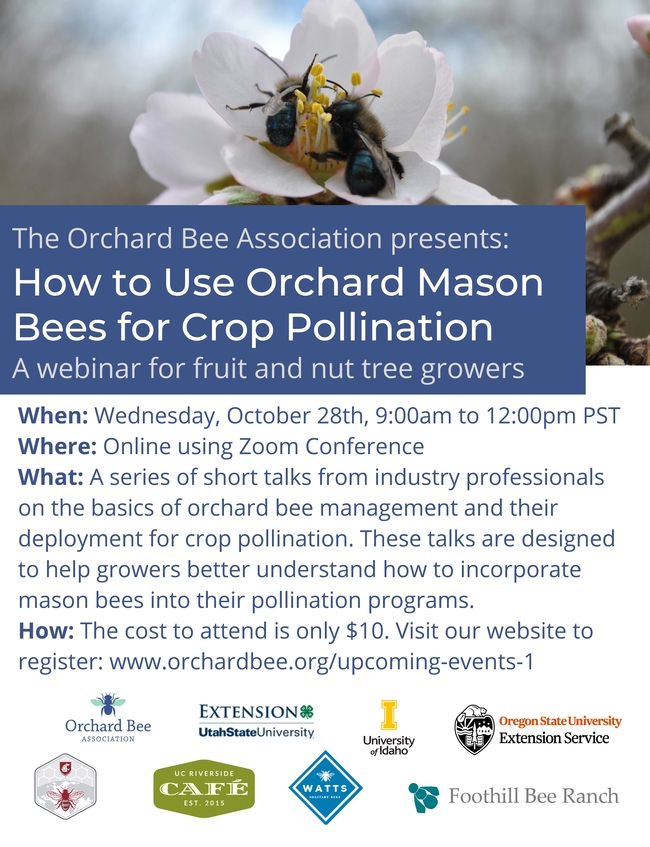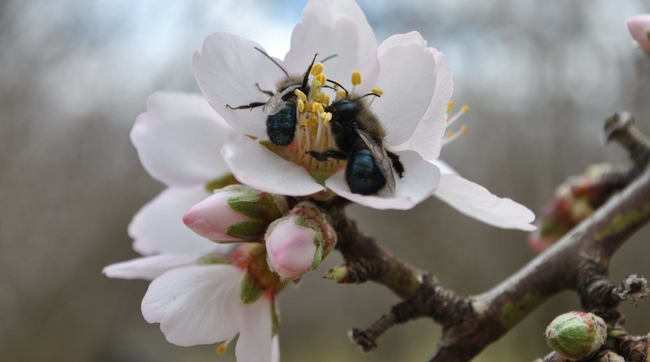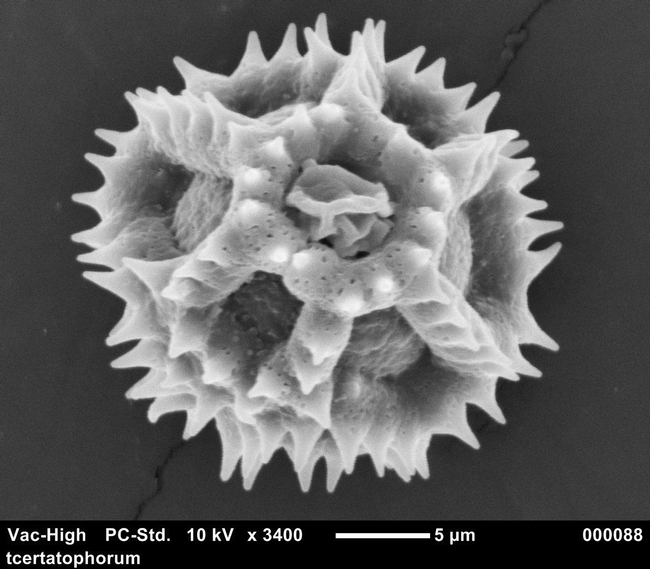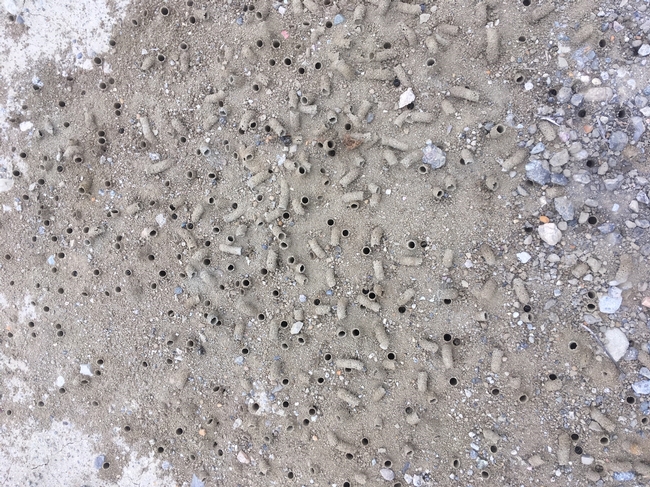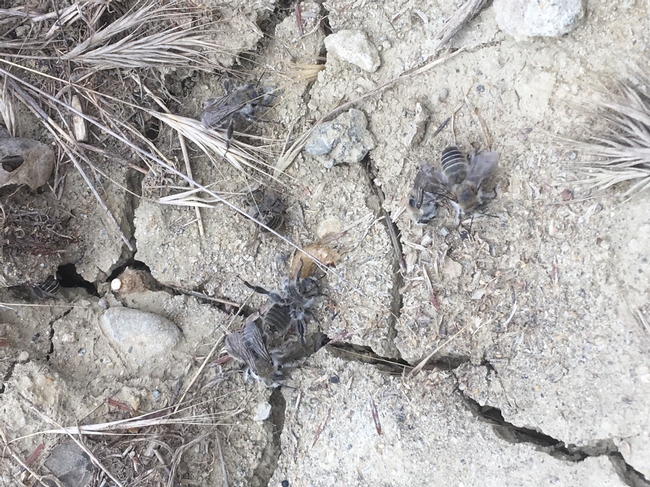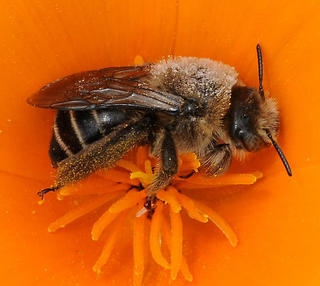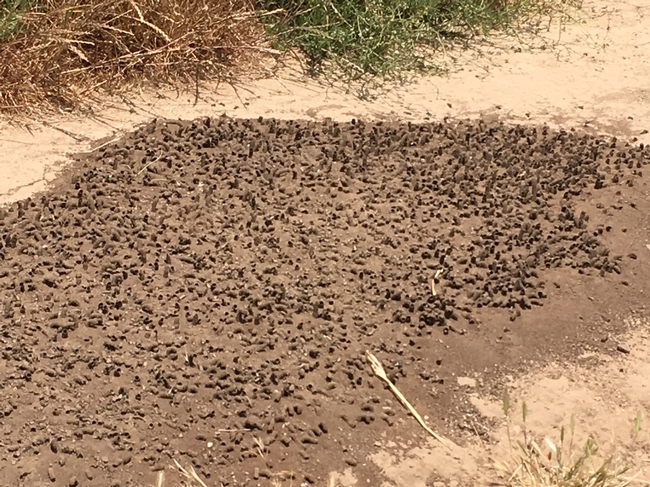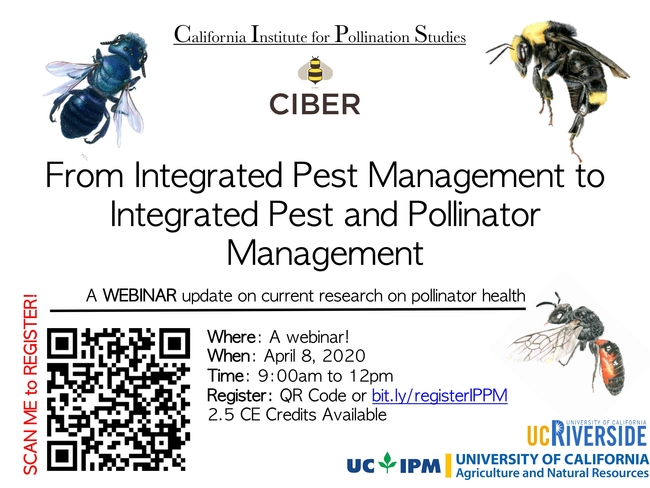
Posts Tagged: bees
Pollination with Mason Bees
How to Use Orchard Mason Bees for
Crop Pollination
A webinar for fruit and nut tree growers
From the Orchard Bee Association
When: Wednesday, October 28th, 9:00am to 12:00pm PST
Where: On line using Zoom Conference
What: A series of short talks from industry professionals on the basics of orchard bee management and their deployment for crop pollination. These talks are designed to help growers better understand how to incorporate mason bees into their pollination programs.
How: The cost to attend is only $10.Visit our website to register: www.orchardbee.org/upcoming-events-1
Pollen Control
https://news.missouri.edu/2020/bee-thankful-for-the-evolution-of-pollen/
‘Bee' thankful for the evolution of pollen
Missouri U. researchers discover wildflower's spiny pollen
adapts to help plants reproduce
Over 80% of the world's flowering plants must reproduce in order to produce new flowers, according to the U.S. Forest Service. This process involves the transfer of pollen between plants by wind, water or insects called pollinators -- including bumblebees.
In a new study, researchers at the University of Missouri discovered spiny pollen -- from a native wild dandelion species in the southern Rocky Mountains -- has evolved to attach to traveling bumblebees. Using a highly detailed electron scanning microscope, the research team could observe the microscopic surface of the spiny pollen, which otherwise looks like yellow dust to the naked eye.
"The spiny pollen actually acts like Velcro," Lynn said. "So, when bees are harvesting pollen for food, this pollen is sticking to their hair. It's a great example of mutualism where the plant needs the pollinator to reproduce and the pollinator needs the plant for its food."
The researchers plan to study how a bumblebee's hairs contribute to this process.
For more on how clever plants are, check out Michael Pollan's Botany of Desire.
Tis the Miner Bee Season
What a lot of bees. These are Miner or Chimney bee nests. Another type of Digger bee, these nests are from Santa Paula Canyon thanks to Nathan Lurie
The hills are alive with the sound of BEE-EEZZE. And often they are found crawling on the ground, as is the case of Digger Bees. At this time of year, they might be seen along the margins of avocado orchards, near hiking trails or in undisturbed areas of citrus orchards. They are called Digger Bees commonly, but this is just a generic name for a large group of bees that nest in the ground. There are many genera and species and because of the general lack of study of these bees they are lumped under the name Digger for lack of any greater knowledge and naming of them.
There are several kinds of small hairy or metallic bees that dig into the soil to nest, hence the common name, digger bees. They are a diverse group that comes from different families and the term digger bee can include the andrenid bees, halictid bees, and colletid bees such as the plasterer and yellow-faced bees. These are solitary bees and native pollinators that are active early in the season. Each female digs a cylindrical underground tunnel as a nest where she reproduces (as opposed to social bees such as honey bees where only the queen reproduces and maintains a colony with the help of sterile workers). Although solitary, they form colonies that may have several hundred nests in one spot, but all nests are independently owned.
The subterranean nest is provisioned with a mixture of nectar and pollen collected from nearby flowering plants. This "bee-bread" is food for the bee's offspring (larvae) that develop in the underground chamber and emerge as adults the following year.
Digger bees are 1/4 to 1/2-inch-long and variable in color (mostly shiny metallic or dark, but some with markings of white, yellow or reddish brown). There is one generation of digger bees per summer and once the adults finish perpetuating the species by laying eggs of the next generation there will be no activity till the following spring.
Digger bee nests are commonly located in areas where grass and mulch are scarse, either from too much shade, previous drought conditions or other stress. Most of them like to fly around their airspace at different times of the day, something to do with mating, air temperature or staking territory. They often travel great distances to forage.
The threat of being stung by digger bees is unlikely. The bees are docile and not likely to sting unless handled or threatened. There is no nest guarding behavior or attack behavior like there is with social insects such as honey bees and yellowjacket wasps.
Another recent colony find was comprised of another digger bee.
In the case of this bee find, they are possibly Diadasia bituberculata – as suggested by Robin Thorpe, UCD entomologist. They are uncommon in the rest of the world, but found here in California and the western US. There are over 1,000 digger bee species.
Diadasia Digger Bee "Colony", Thanks to Pest Control Adviser Jane Delahoyde's friend.
Brush Up On Bees
If you're sticking close to home these days and looking for something to do (or looking for something for kids to do) the Xerces Society has several bee monitoring guides and tools worth checking out.
Developed for conservationists, farmers, land managers, restoration professionals, and community scientists, the Bee Monitoring Protocol and Community Science Guides are useful for documenting how native bee communities change through time in pollinator habitats. The publications include an introduction to bee identification, a detailed monitoring protocol, and data sheets for different habitat types.
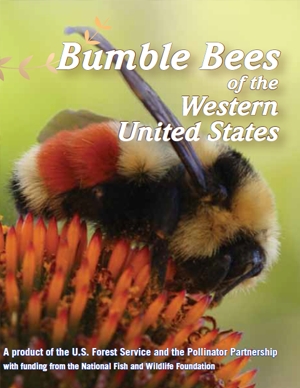
bumble bee xerxes
Hear the Buzz - Pollinator Webinar
We will dive into the fascinating world of bees – managed and wild - and learn about the current research to keep them healthy from leading experts in the field. You will also get an opportunity to tell us your concerns about bees and pest management in agriculture and discuss how we can shape the future of CA agriculture together.
Apr 8, 2020 09:00 AM in Pacific Time (US and Canada)
Register Now for Next Wednesday
From Integrated Pest Management to Integrated Pest and Pollinator Management: An update on current research on pollinator health
(April 8, 2020 from 9:00 to 11:30 am)
We will dive into the fascinating world of bees—managed and wild—and learn about the current research to keep them healthy. You will also get an opportunity to ask questions and tell us your concerns about bees and pest management in agriculture.
Presenters: Dr. Boris Baer and Dr. Quinn McFrederick
Panelists: Dr. Monique Rivera and Dr. Barbara Bar-Imhoof
Please take the pre-webinar survey – this will help us understand more about what future workshops/webinars should include.
2.5 CEUs (other) from the California DPR are approved. To obtain the CEUs you have to participate in the entire webinar. Register at https://ucanr.zoom.us/webinar/register/WN_ZwOHzICaRxi9NGkgvNT5Pg
UC Ag Experts Talk: Citricola Scale
(April 8, 2020 from 3:00 to 4:00 pm)
Dr. Elizabeth Grafton-Cardwell will discuss the key stages of citricola scale and how they damage citrus, weather trends that help reduce citricola scale, chemical control choices and their relative efficacy, coverage, and timing of treatments, and monitoring for resistance and methods to manage resistance.
1.0 CEU (other) from the California DPR and CCA is approved. Register at https://ucanr.zoom.us/webinar/register/WN_1_rXqm40SZ6Gm7PXWCdXtA
Recordings of the past webinars are available on UC IPM YouTube channel
CE hours are NOT available for recorded webinars.

honeybee at hive

